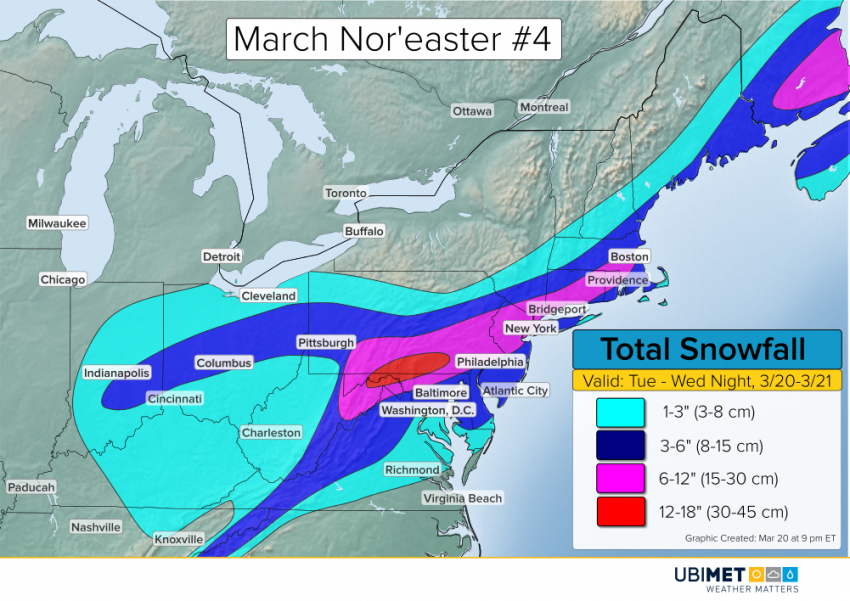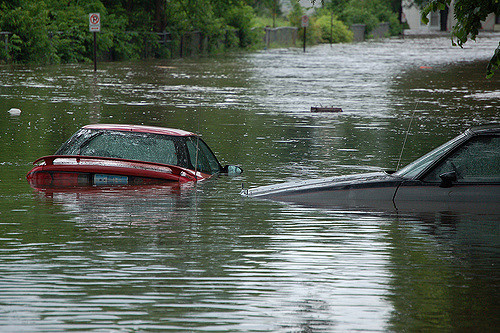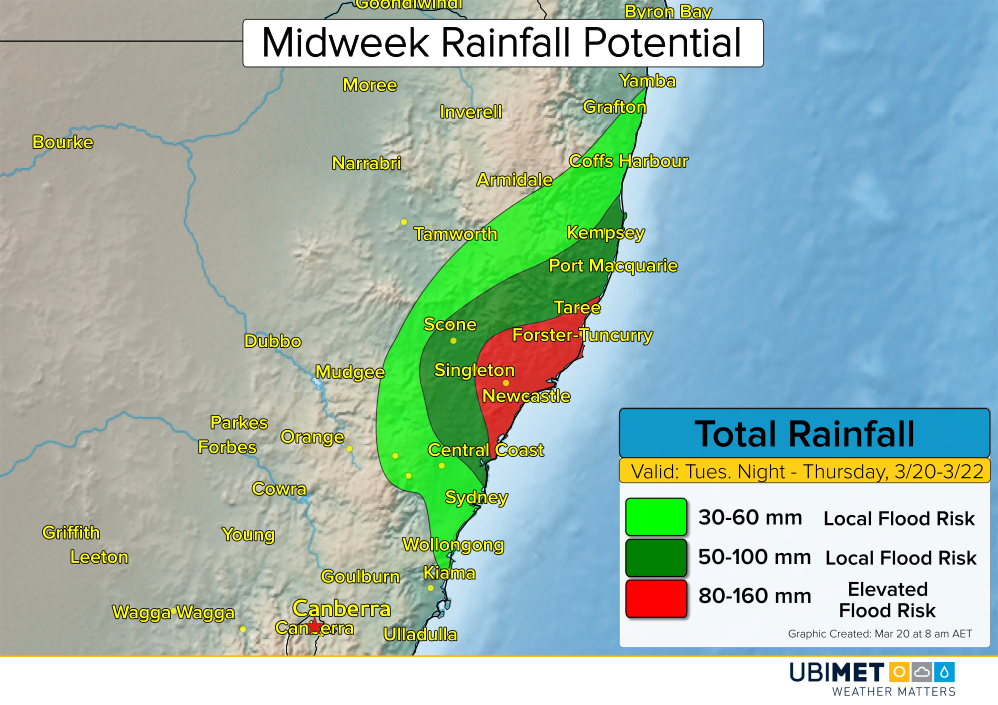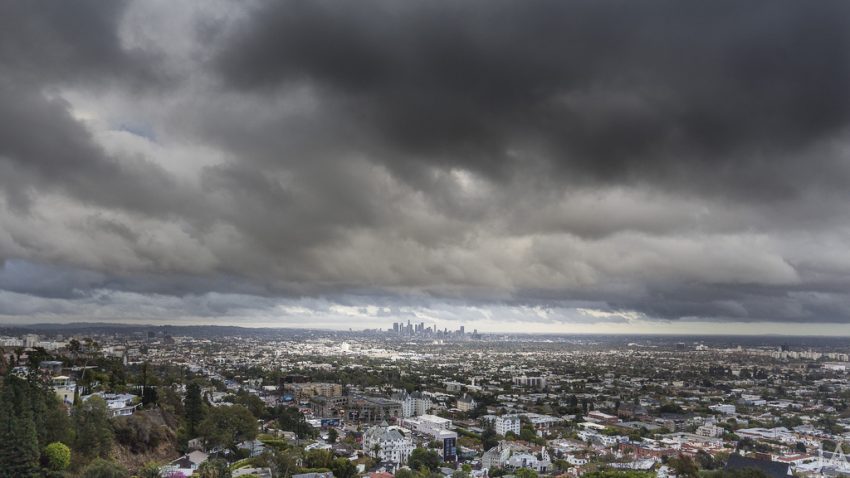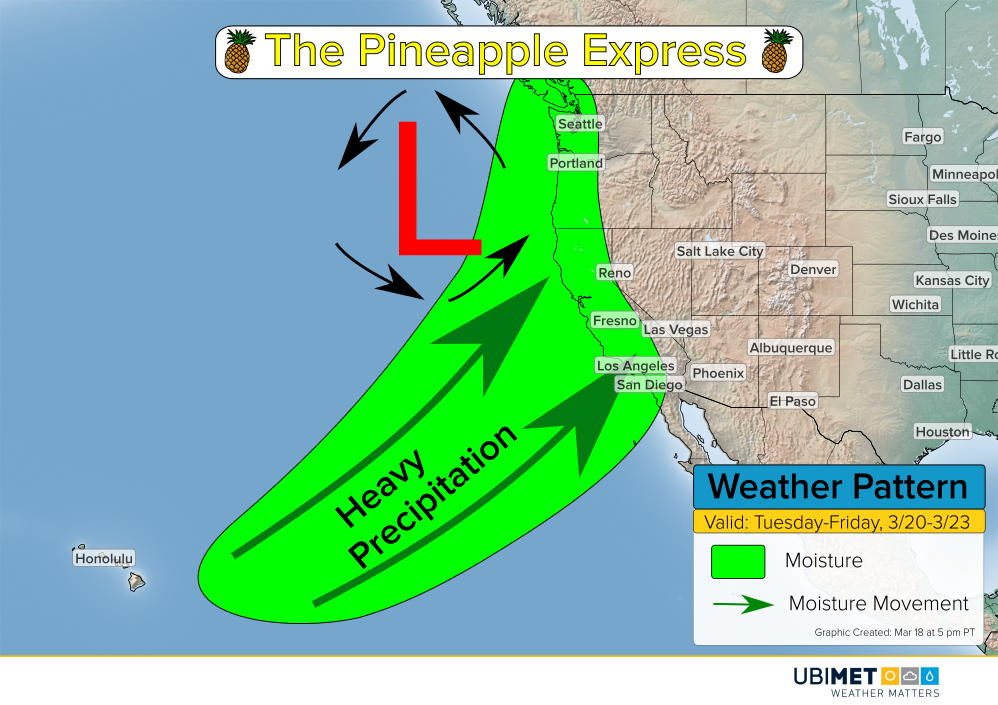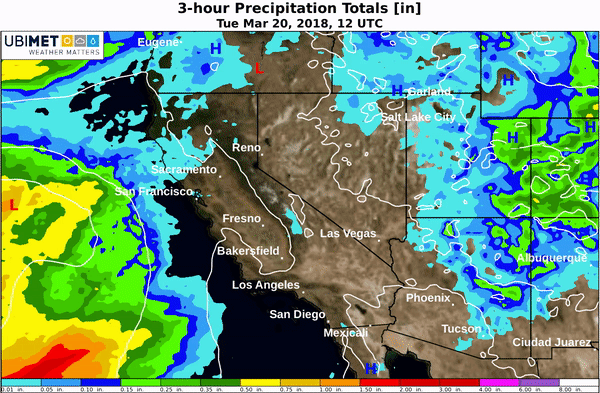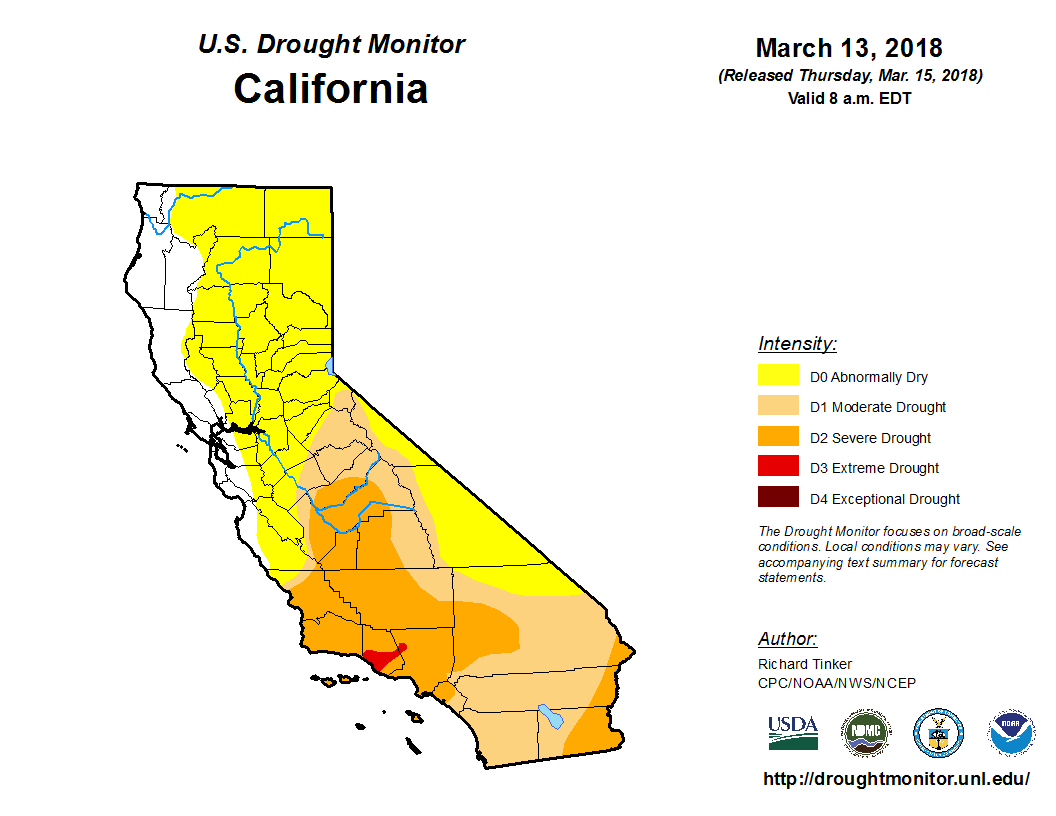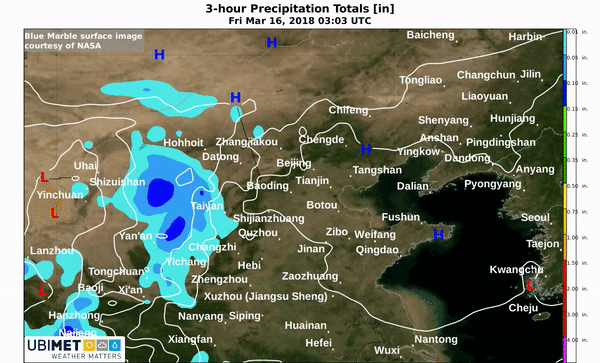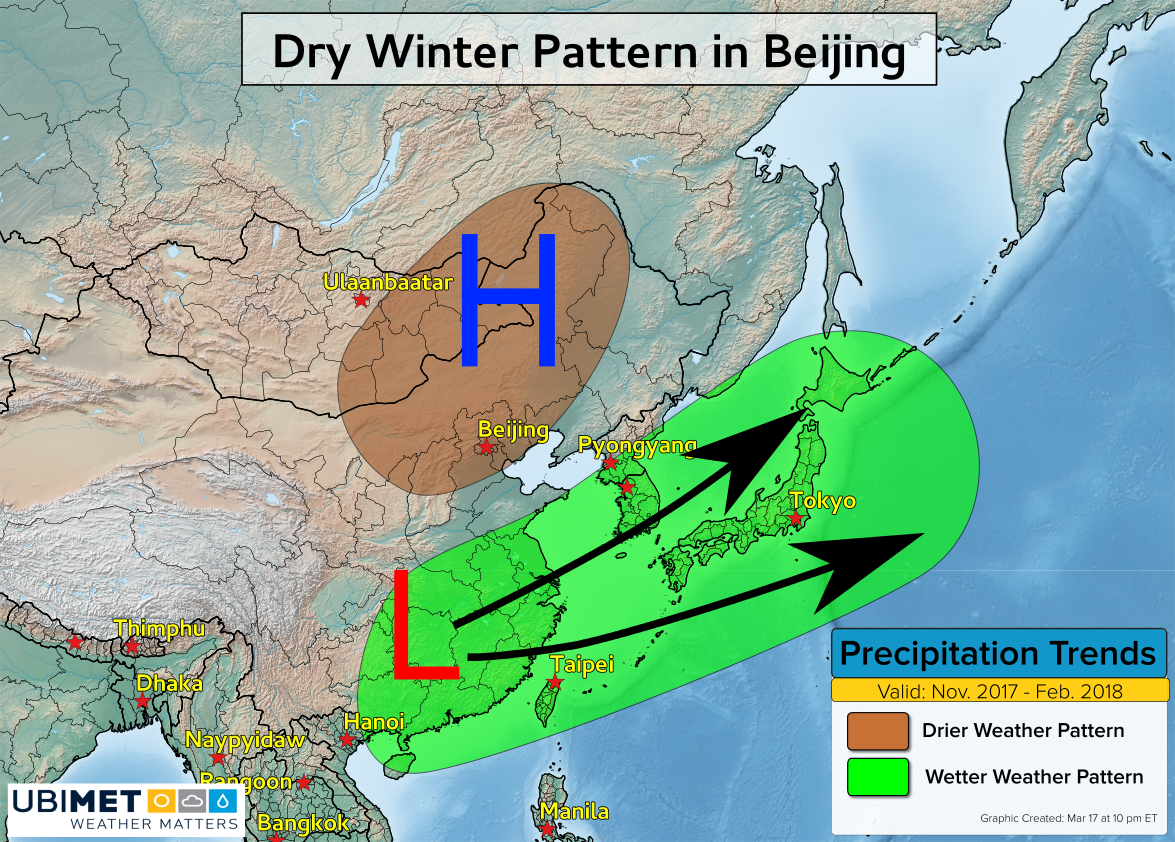Nor’easter #4 Targets East Coast
The fourth nor’easter this month will target the Mid-Atlantic and Northeast through Wednesday. Rain, sleet, snow, and wind will accompany the storm from the Ohio Valley to Virginia up to Maine.
Tuesday Recap
An initial burst of precipitation on during the day Tuesday brought accumulating snow to portions of Virginia, Maryland, and Pennsylvania.
The Maryland Department of Transportation spent Tuesday treating roadways.
MDOT SHA crews are prepared for for expected snowfall Tuesday night through Wednesday. Stay updated on area traffic and weather conditions with https://t.co/1LoRbYVbNG VJ #MDOTNews pic.twitter.com/dY2nBzznKF
— MD State Highway Adm (@MDSHA) March 20, 2018
Wednesday Forecast
Rain, sleet, and snow will spread across NYC and southern New England by Wednesday morning. As low pressure strengthens off shore, colder air will be drawn into the storm causing the rain-snow line to sink toward the coast. Precipitation will continue, heavy at times, in southern and eastern New England through Wednesday night.
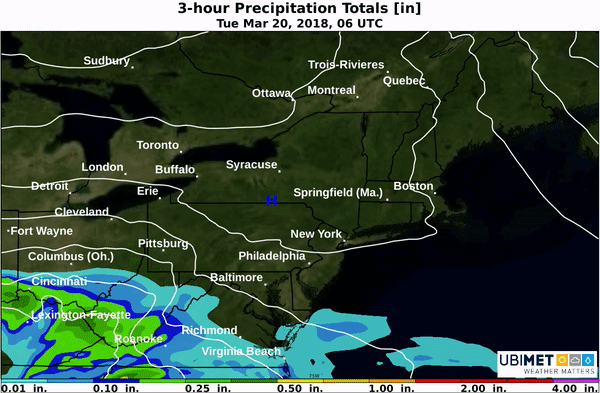
In addition to the precipitation, strong winds and minor to moderate coastal flooding are expected. The combination of snow, sleet, and wind will make for difficult driving conditions on Wednesday from Virginia to eastern New England. Air travel will also be impacted, with numerous delays and cancellations likely.
The nor’easter will move away from the region on Thursday.
